Author: Jake Huolihan
Fermentation temperature control is something deemed critical to producing quality beer, and this is especially true when making styles that rely on traditional lager yeasts. Given the typically clean character of most lager styles, they’re widely expected to be fermented at temperatures around 50°F/10°C in order to minimize the development of esters, phenols, and other perceptible byproducts. However, fermenting in such a manner not only requires equipment capable of maintaining such low temperatures, but the overall fermentation process also takes more time.
Some modern brewers have bucked convention by fermenting with lager strains at ale temperatures, upwards of 20°F/10°C warmer than recommended, and to the chagrin of a handful of ardent traditionalists, many are reporting positive results. One lager yeast that appears to perform exceptionally well at warmer temperatures is the Weihenstephan strain, which also happens to be credited as the world’s most popular lager yeast.
One of my favorite lager strains in Imperial Yeast L13 Global, which was purportedly sourced from Weihenstephan. Despite past xBmts suggesting it performs well at ale temperatures, I still tend to ferment with it on the cooler end, as doing so isn’t difficult for me and I view it as cheap insurance. However, during the height of the Covid lockdown, my curiosity got the best of me, so I designed an xBmt to further explore the impact fermentation temperature has when using this seemingly robust yeast on a Festbier.
| PURPOSE |
To evaluate the differences between a Festbier fermented with Imperial Yeast L13 Global at 50°F/10°C and one fermented at 72°F/22°C.
| METHODS |
I went with a simple Festbier recipe for this xBmt in hopes any differences would be easily perceived.
Indubitable
Recipe Details
| Batch Size | Boil Time | IBU | SRM | Est. OG | Est. FG | ABV |
|---|---|---|---|---|---|---|
| 5.5 gal | 60 min | 23.6 | 5.8 SRM | 1.053 | 1.015 | 4.99 % |
| Actuals | 1.053 | 1.015 | 4.99 % | |||
Fermentables
| Name | Amount | % |
|---|---|---|
| Light Munich | 6 lbs | 48.98 |
| Odyssey Pilsner | 6 lbs | 48.98 |
| Double Honey | 4 oz | 2.04 |
Hops
| Name | Amount | Time | Use | Form | Alpha % |
|---|---|---|---|---|---|
| Loral | 22 g | 30 min | Boil | Pellet | 11.5 |
| Tettnang | 22 g | 5 min | Boil | Pellet | 4.5 |
Yeast
| Name | Lab | Attenuation | Temperature |
|---|---|---|---|
| Global (L13) | Imperial Yeast | 77% | 32°F - 32°F |
Notes
| Water Profile: Ca 61 | Mg 0 | Na 8 | SO4 75 | Cl 55 |
Download
| Download this recipe's BeerXML file |
I started my brew day by collecting RO water, adjusting it to my desired profile, then flipping the switch on my controller to get it heating up, after which I weighed out and milled the grain.
With the water properly heated, I mashed in then checked to ensure it was at my target temperature.
Once the 60 minute mash rest was complete, I collected the sweet wort in my kettle.
The wort was then boiled it for 30 minutes with hops added as stated in the recipe.
When the boil was finished, I quickly chilled the wort with my IC.
A refractometer reading showed the wort was right at my intended OG.
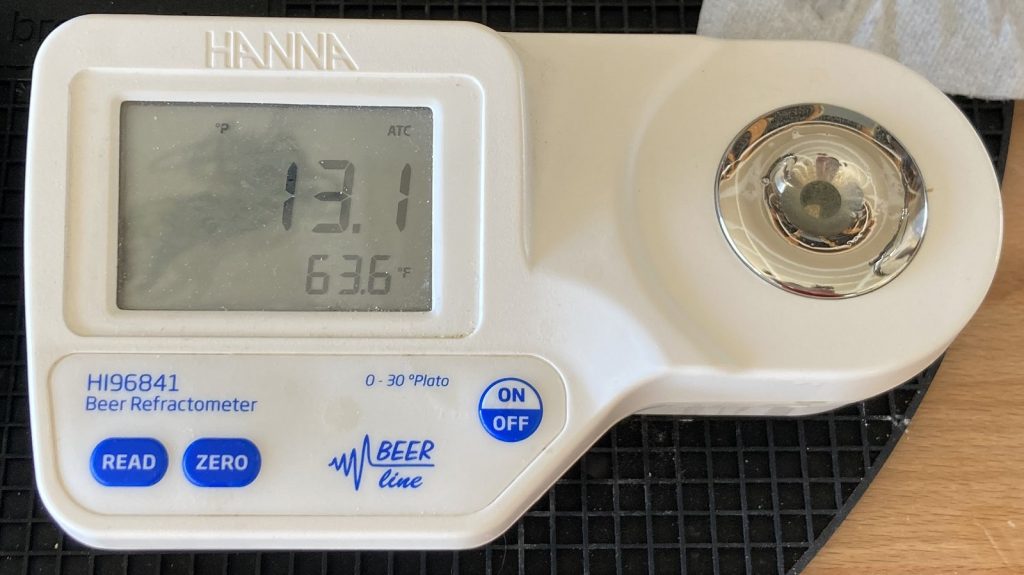
The chilled wort was then evenly split between two fermentation vessels.
Next, I connected the filled fermenters to my glycol unit and set one to 50°F/10°C while the other was set to 72°F/22°C. With both worts stabilized at their respective fermentation temperatures an hour later, I pitched a single pouch of Imperial Yeast L13 Global into each.
After 3 weeks, I noticed signs of fermentation activity were absent in both beers, so I took hydrometer measurements showing they were at the same FG.
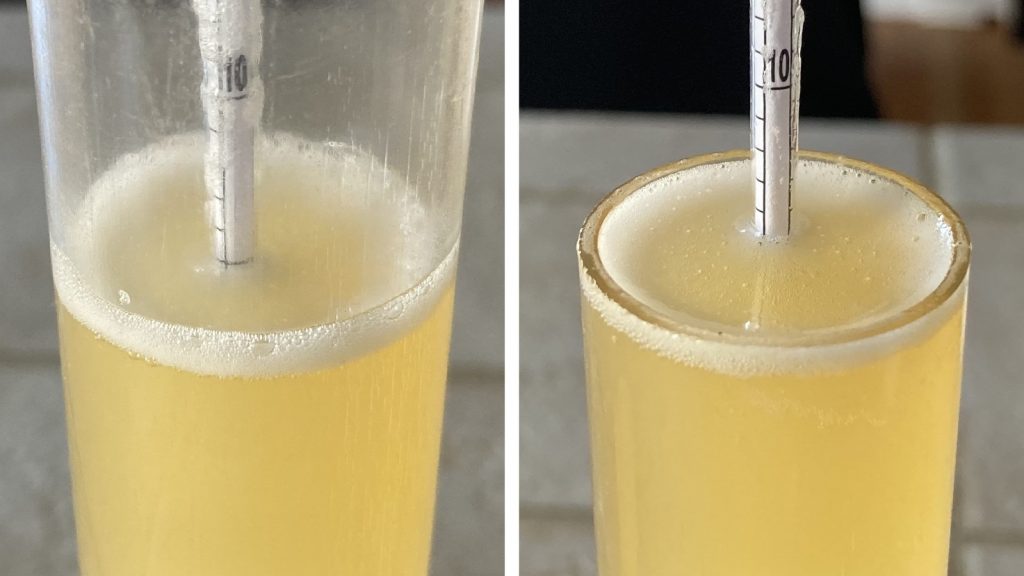
Next, I pressure transferred the beers to CO2 purged kegs that were placed in my keezer and left to lager for 2 months before they were ready for evaluation.
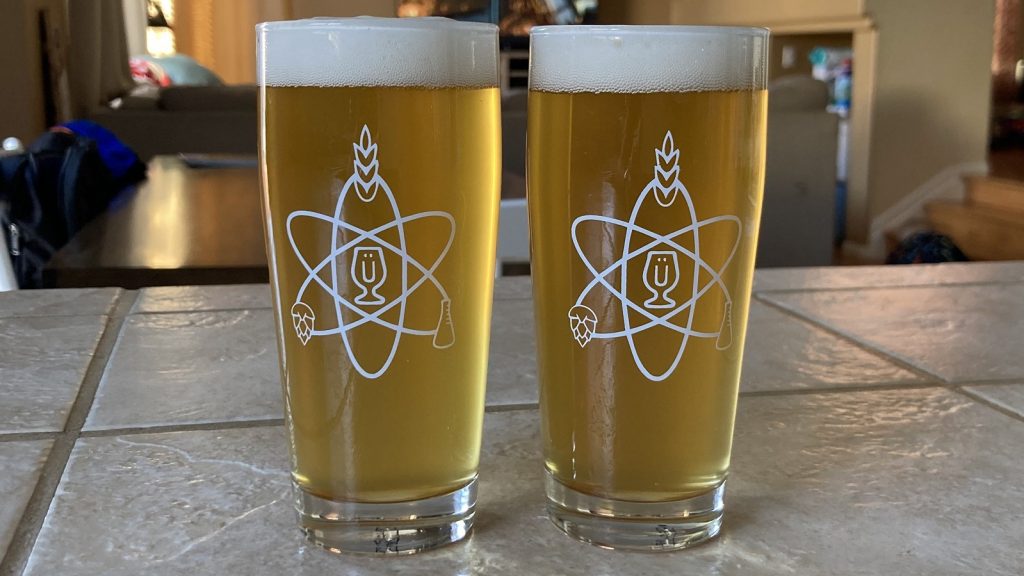
| RESULTS |
Due to social distancing practices as a result of the COVID-19 pandemic, data for this xBmt was unable to be collected in our typical manner. As such, temporary adaptations were made involving the author completing multiple semi-blind triangle tests in as unbiased a way as possible.
Utilizing 4 opaque cups of the same color where 2 were inconspicuously marked, one set was filled with the beer fermented at 50°F/10°C while the other set was filled with the beer fermented at 72°F/22°C. For each triangle test, 3 of the 4 cups were indiscriminately selected, thus randomizing which beer was the unique sample for each trial. Following each attempt, I noted whether I was correct in identifying the unique sample. Out of the 10 semi-blind triangle tests I completed, I needed to identify the unique sample at least 7 times (p<0.05) in order to reach statistical significance. In the end, I correctly identified the unique sample just 3 times (p=0.70), indicating my inability to reliably distinguish a Festbier fermented with Imperial Yeast L13 Global at 50°F/10°C from one fermented at 72°F/22°C.
Even in simple side-by-side comparisons, I could not tell these beers apart, they were identical in every way to me. Both had a nice malt flavor with balanced hops and a super clean fermentation character. I perceived no esters, phenols, fusel alcohol, or other off-flavors in either beer.
| DISCUSSION |
Fermentation temperature is widely accepted as being one of the most important factors in producing good beer, with many believing lager styles must be fermented around 50°F/10°C in order to avoid undesirable off-flavors. My inability to reliably distinguish a Festbier fermented with Imperial Yeast L13 Global at 50°F/10°C from one fermented at 72°F/22°C indicates any differences between the beers were minor enough as to be imperceptible by me.
The simplest explanation for this result is that Imperial Yeast L13 Global, and likely the Weihenstephan lager strain in general, is robust enough to withstand warmer temperatures than many presume. Understandably, this is a tough pill for many to swallow, as the idea that lagers require cool fermentation temperatures is rooted deep in brewing history. And that’s perfectly fine!
Having swapped out my cumbersome chest freezer chamber for a sleek glycol unit a few years ago, precisely controlling fermentation temperature has become easier than ever, so I’ve tended to stick with fermenting lagers on the cooler end. While I’ve made excellent beers using this method and will likely continue fermenting most lagers cool, it does require more time, so given these results along with past xBmt findings, I won’t hesitate to ferment warmer if ever I’m in a pinch.
If you have any thoughts about this xBmt, please do not hesitate to share in the comments section below!
Support Brülosophy In Style!
All designs are available in various colors and sizes on Amazon!
Follow Brülosophy on:
FACEBOOK | TWITTER | INSTAGRAM
If you enjoy this stuff and feel compelled to support Brulosophy.com, please check out the Support page for details on how you can very easily do so. Thanks!


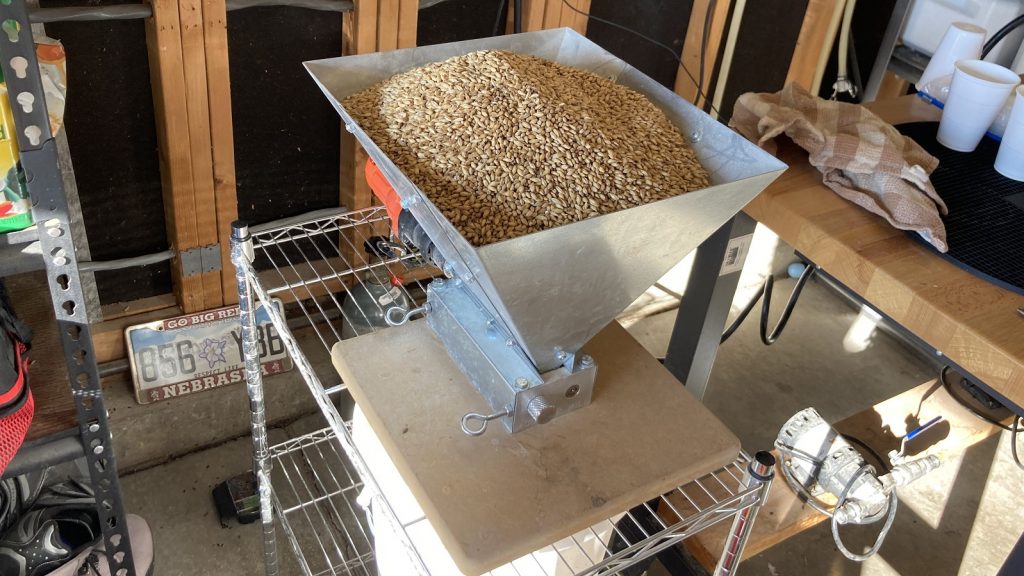
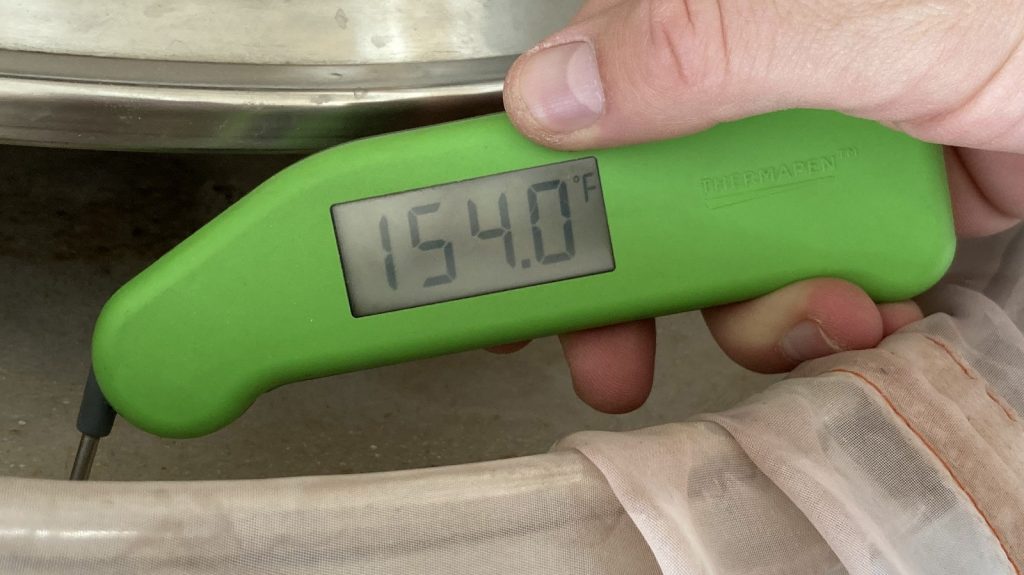
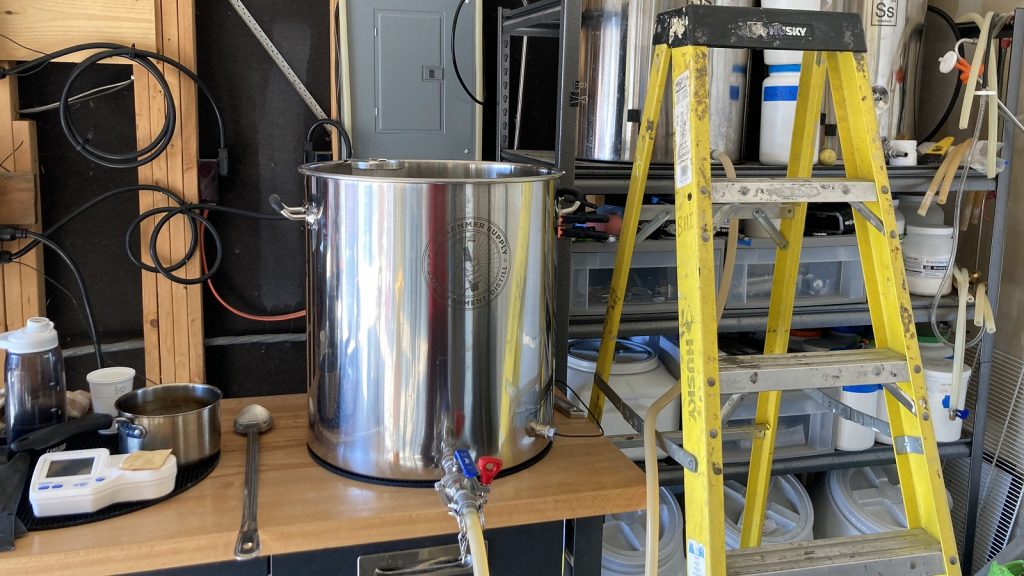
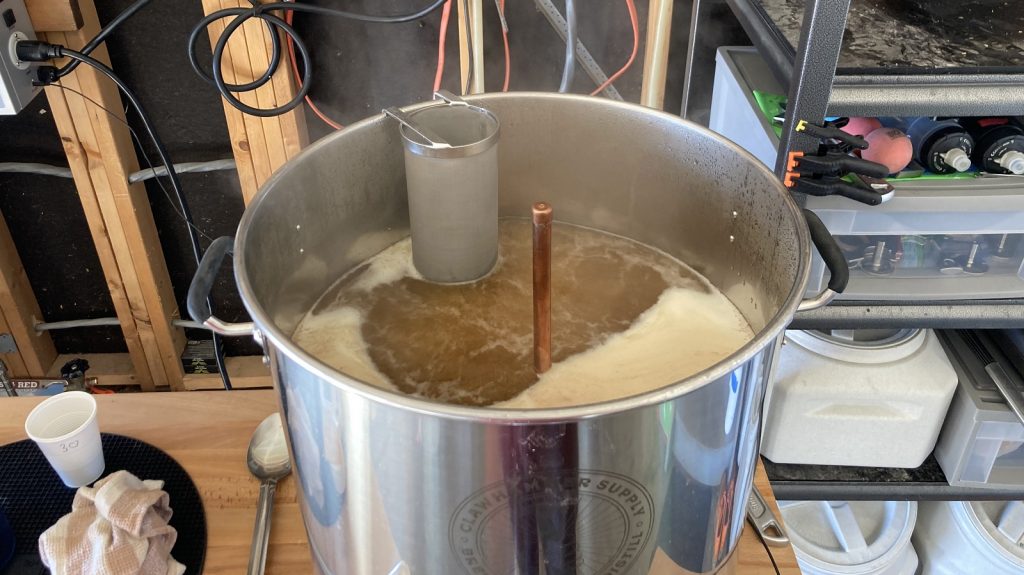
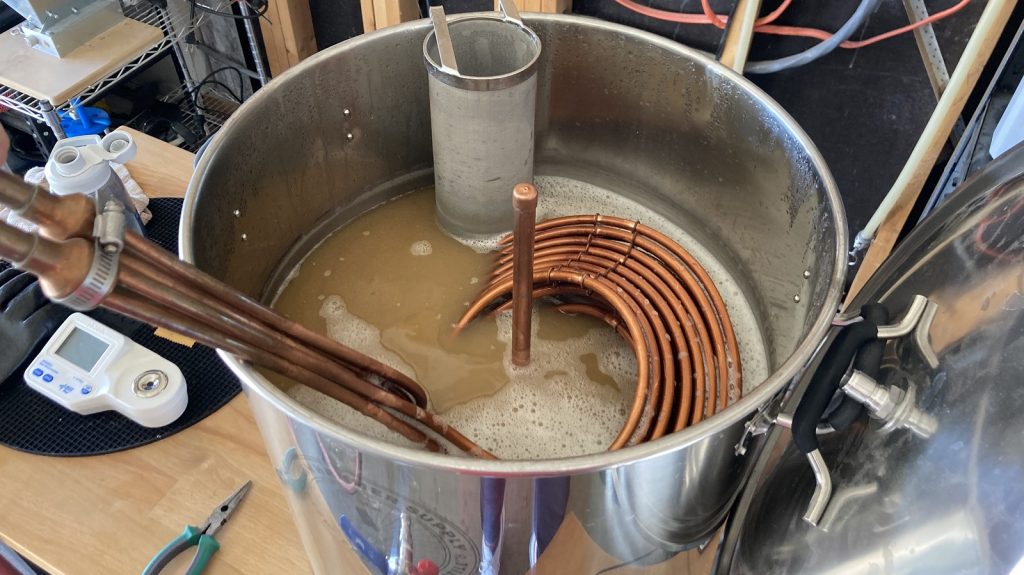
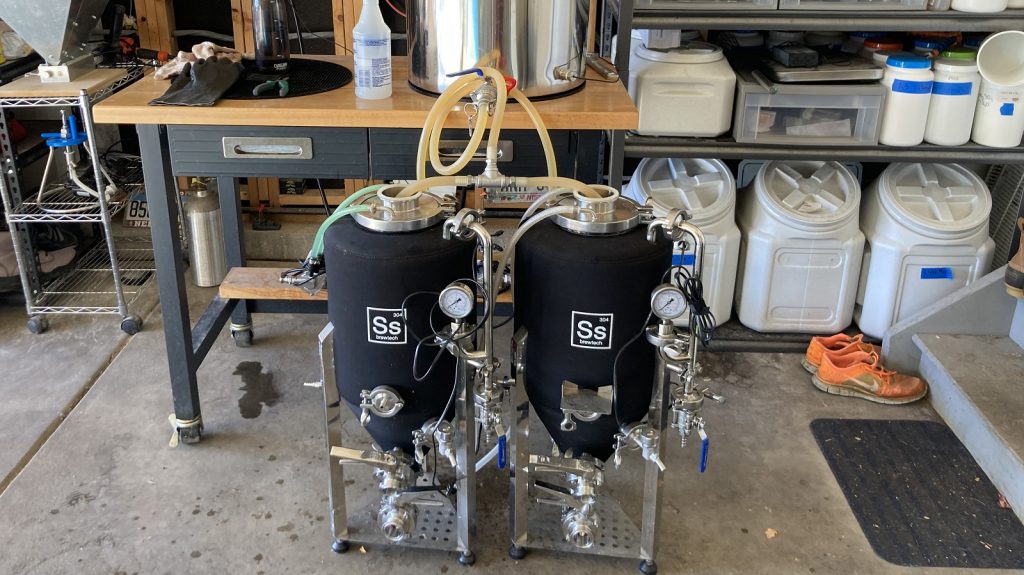
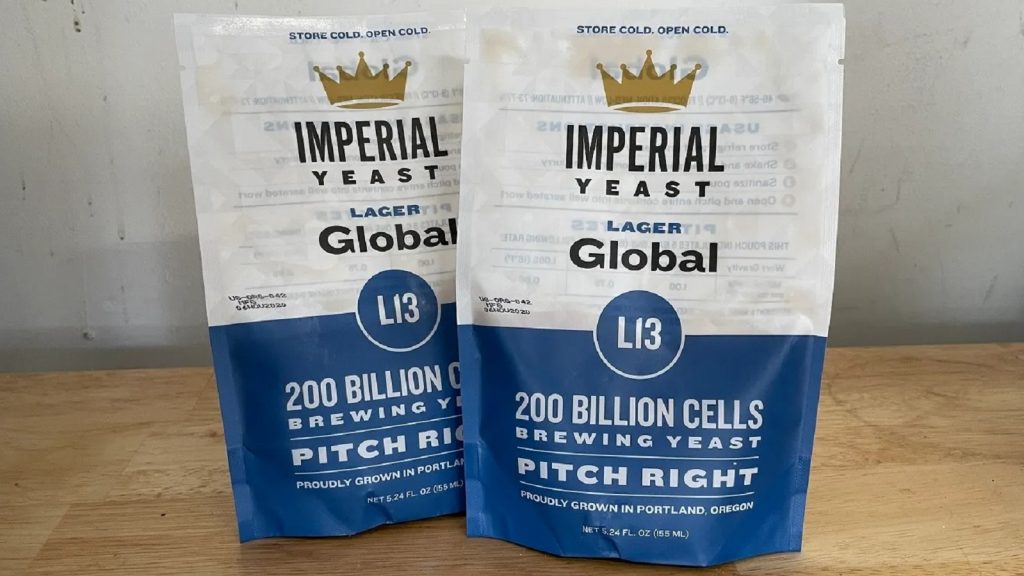











13 thoughts on “exBEERiment | Fermentation Temperature: Imperial Yeast L13 Global In A Festbier”
Hi, since you haven’t mention if you were fermenting under presure – i will assume you didn’t. Do you think it might be different results in that case ? For what I have read, fermenting under pressure will suppress all the esters which could be produced on higher temp for lagers.
Nice experiment.
Assuming Global really is derived from 34/70, Fermentis performed a multi-condition experiment with 34/70 looking at the effects of pitch rate, temperature, and gravity using both qualitative and quantitative methods. They too found higher temperatures don’t really impact the characteristics of the beer (and if anything, lower temperatures are more problematic according to an interview on the Master Brewers Podcast).
thanks for that info. very interesting.
Would this strain work well for a marzen/ Oktoberfest style, also fermented warm? Also, you mentioned layering for 2 months before drinking… have you guys done experiments testing the necessity of that? As you might be able to guess, I’m planning a warm-fermented marzen for early fall (my first lager style), and had planned on brewing it sometime in late august (I bottle condition), but now I’m wondering if I should plan to brew earlier and let the bottles sit in the fridge for a couple of months before drinking…
*lagering, not layering…. Darn autocorrect.
They have previously looked at lagering time: https://brulosophy.com/2018/12/17/the-lager-effect-exbeeriment-results/
There was a really obvious effect on clarity, but the tasting panel couldn’t tell them apart.
IMHO WLP820 Octoberfest yeast is sooo much better than 34/70. I did side by side fermentations and there was a big difference. I don’t use imperial yeast because it is way too expensive. I over build a starter every time I brew and save a pint jar for the next starter.
I have a strong feeling that the 34/70 strain is the exception to the rule, that it does not display the temperature:growth rate behavior that most other yeast strains do. This type of experiment should really be conducted with both another lager strain and a common ale strain.
They have repeatedly tested this with other lager strains. Imperial Harvest also does similarity well at high temps. Mexican Lager stains did not. It just depends on which lager strains you use.
Just curious what you mean about temperature:growth rate behaviour… that it doesn’t grow slower at lower temperatures? While I haven’t tested this particular strain, slower growth at lower temperatures is pretty standard. It would need to have mutations in an awful lot of genes in order to get around that (if it is even possible… I have a PhD in yeast genetics and honestly do not know if it is). It looks like (according to Fermentis) this one just doesn’t make the beer more estery at “ale” temperatures… whether that has to do with membrane fluidity (retaining esters in cooler temperatures), or it just doesn’t produce many esters regardless of temperature, who knows.
This one came out at a great time for me. I have a full fermentation chamber, but I want to do an NZ pils soon. Thanks Jake!
For many years, I have anecdotally believed that it is the variation of temperature that has more of a negative impact on results than actual temperature. If the temperature is fluctuating during fermentation, the beer will be worse regardless of the actual temperature if held steady.
Another nice thing about this experiment is the single pouch for a batch at 50F! The calculators would say you need 400B cells.
L13 is a great yeast. A bit sulphury but that gives it a good lager character imo.